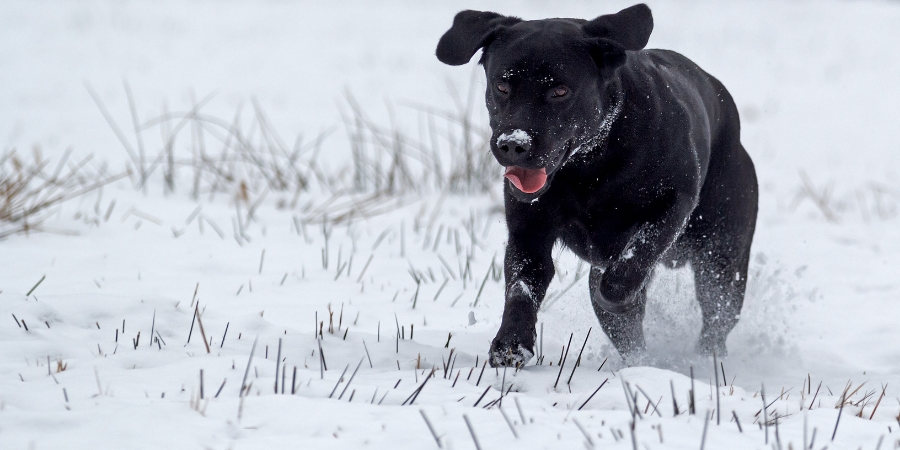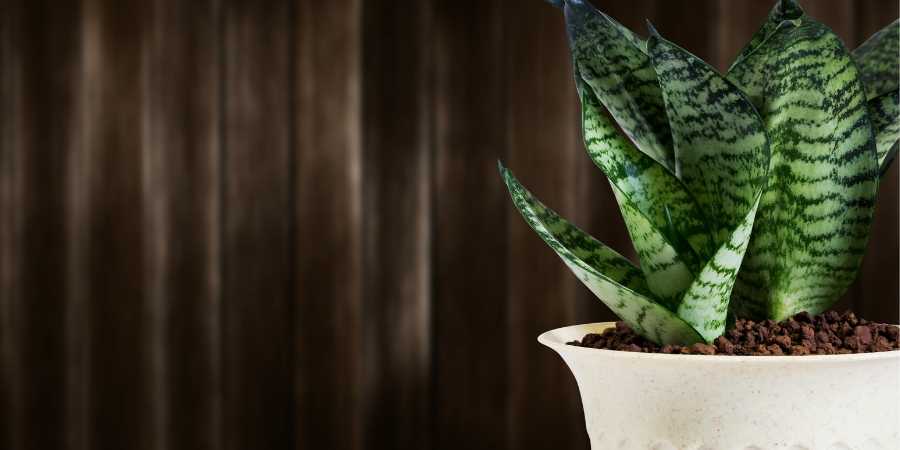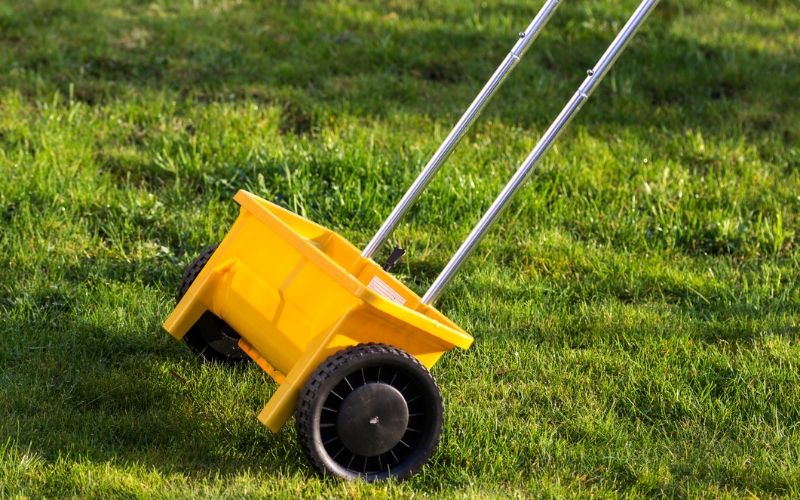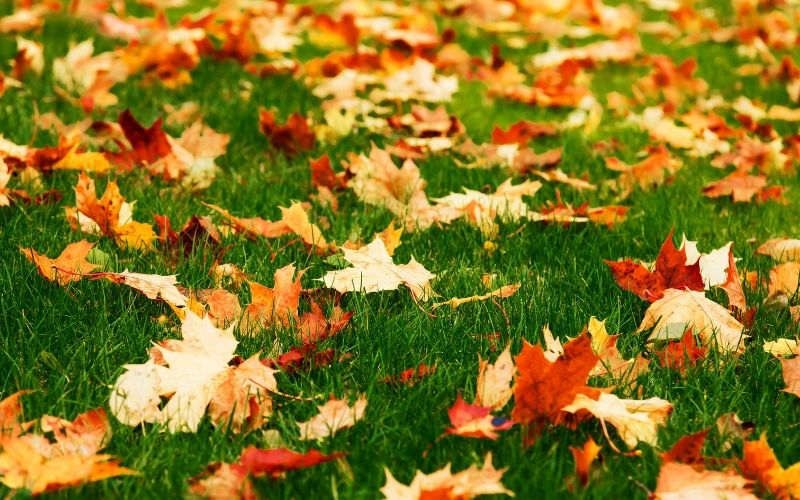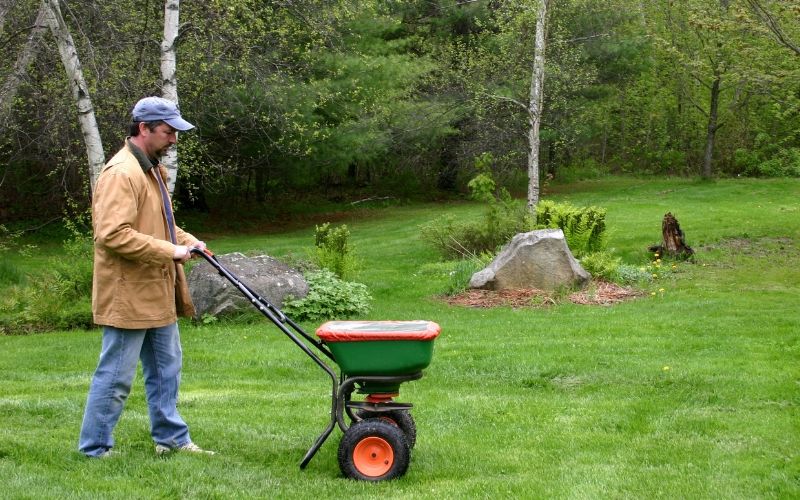Winter Lawn Care
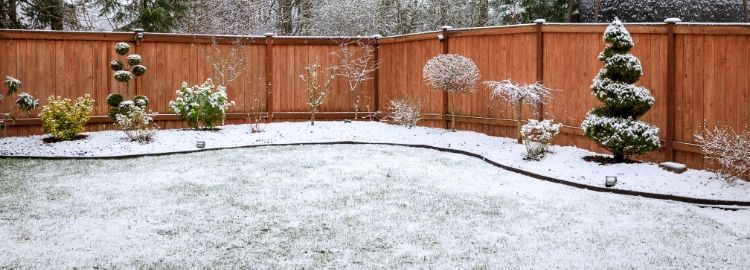
How to prepare your lawn mower for winter
If you haven’t yet winterized your lawn mower, it’s not too late.
Proper care of your lawn mower will lengthen its usefulness and get you prepared for spring.
Follow these simple steps to keep your lawn and landscape healthy this winter.
Winter Lawn Care
- Avoid walking on your lawn it if it is dormant or frozen.
- Frozen grass blades have ice crystals between the leaf cells to protect the cells from damage. If you walk on frozen grass, the pressure pushes the ice crystals into the cells within the leaf and causes them to pierce the cell walls. Walking on frozen grass shouldn't kill it, but in spring the damaged areas may turn brown.
- Foot traffic and landscape equipment on a dormant lawn will crush the dry, delicate crowns, possibly damaging or killing the grass.
- Clear the lawn of all objects (toys, logs, lawn furniture) after your last mow of the year, and do occasional sweeps of the lawn throughout the winter. If an object is left on the grass during wintry weather it can create dead spots. In spring, the grass in that area will be stunted and thinner.
- Especially avoid parking vehicles on the lawn in winter, which will kill the grass underneath the tires.
Protect your Landscape
- Uncover plants weighted down with heavy snow. Gently brush off branches to prevent breakage. If frozen, let snow melt naturally.
- Protect multi-stemmed evergreens, such as arborvitae, junipers, and yews, from winter storm damage by tying trunks together with old nylons or cotton twine.
- Mulch borderline hardy perennials and bulbs after the ground freezes with evergreen boughs or straw. If your gardens are blanketed with snow, nature did the job for you.
- Protect your landscape against animal damage this winter. Install, monitor, and secure fencing and animal barriers throughout the winter. Winter winds may dislodge and snow may bury your wildlife barriers.
Winter (Dormant) Pruning
- The best time to prune deciduous plants is just prior to new growth when plants are dormant. It’s also easier to see the shape when their foliage is gone.
- Prune on a mild, dry day.
- Limit pruning to 30% or less in one growing season, and avoid shearing branches that can lead to poor structure and pest problems.
- Clean from the inside out, removing waterspouts, suckers, dead, or crossing branches.
- Water sprouts occur along branches, usually at pruning sites. Suckers grow from the trunk or roots.
- Prune out one of a pair of crossing or rubbing branches. This eliminates rubbing that creates an open wound that can attract insects.
- When pruning dead or diseased branches, make cuts into healthy wood, well below the affected area, above a healthy bud, back to an adjoining branch or flush with the branch bark collar.
- Disinfect tools between each cut with products such as "Lysol," "Listerine," or rubbing alcohol.
- For more pruning information: A Guide to Successful Pruning, by Virginia Tech and Joe Lamp’l shares dormant pruning tips and a how-to video.
Keep Deicing Salt Away from Plants and the Lawn
- The greenest alternative is simply keeping your walkway clear and shoveling as quickly as you can.
- Look for plant-friendly deicing products or scatter sand, kitty litter, or birdseed for traction.
- When sodium chloride "rock salt" washes into storm drains, it is a non-point source of pollution to waterways.

